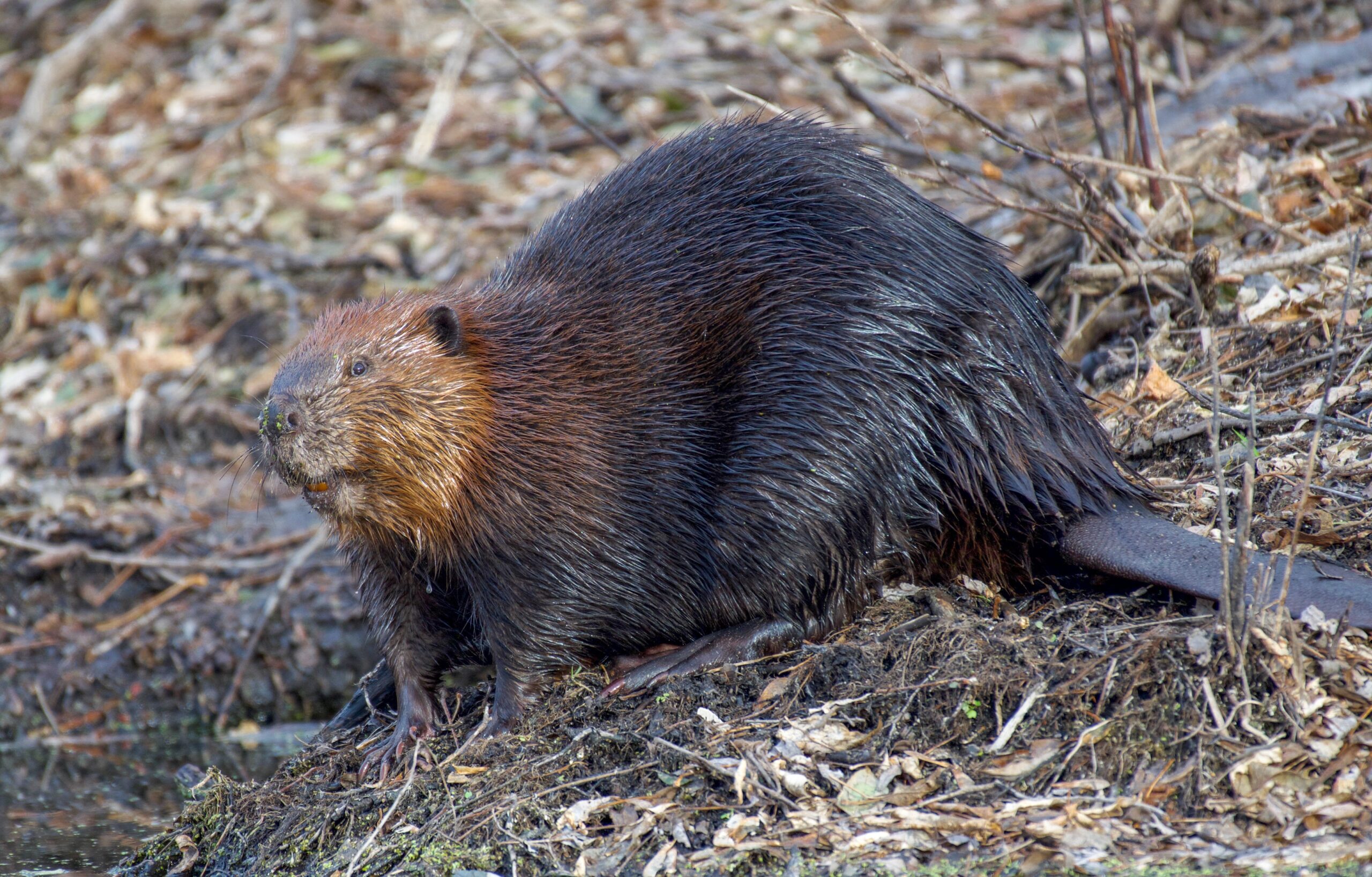
Alternatives & Respectful Coexistence
Menu
The benefits of beaver are numerous and far reaching. Some private citizens, some organizations, some locales, even some states, recognize their many attributes and request beaver relocations and reintroductions. Like any species, beaver, though, can be problematic especially for humans. Beaver can damage and destroy trees, create flooding, turn a river into an undesirable meadow and pose public safety hazards.
Customarily, the response to beaver has been to lethally remove them by trapping and to remove the dam. As long as the environment is favorable to beavers, and given the opportunity, they will eventually return, sometimes quickly. This results in a repetitive response destroying beaver. Since traps and snares are indiscriminate, other species are at risk of being trapped as well. Not only are the better known suspects such as otters trapped, but, for example, a Great Blue Heron, enjoyed by outdoor enthusiasts in the Bitterroots of Montana, perished in a leghold trap set for beaver. Trapping also threatens the safety of the public and domestic animals.
Outside Montana’s 5 1/2 – 9 month unlimited and unreported recreational trapping season on beaver, permits for damage control are easily obtained. It takes but a few days for a landowner to get a trapping permit for beaver. Trappers are often readily available. Whereas, to relocate beaver/s involves considerable paperwork and a lengthy process. The other challenge is finding suitable and protected habitat to relocate the beaver to. If the environment is conducive to beaver then it is likely already occupied by this territorial species or it has been trapped out.
However, non-lethal conflict resolution such as wrapping trees with fencing or installing flow devices are showing promising results. According to those most knowledgeable about beavers, roughly 80% of conflicts can be resolved with non-lethal strategies. The findings are the non-lethal measures are also more cost effective and less time consuming over the long run for conflict resolution. Flow devices are now said to be 87-97% effective. The tools necessary are site specific. However, getting the necessary permission to utilize such devices takes far more time then a trapping permit or lethal action in Montana. This defeats the responsible and ethical goals of many. In beaver conflict mitigation, time is counterproductive. Beavers can quickly build another dam, or return. There is a reason the expression, eager beaver is substantiated by these hard workers.
With human encroachment, development and loss of habitat, more conflicts with beaver appear to emerge. The public and many landowners appreciate beaver and having humane nonlethal options to resolve conflicts. Beavers deserve their rightful place in the ecosystem and for fulfilling the needs of humans and animals.
A 2019 pilot program implementing non-lethal techniques for conflict resolution with beavers has been implemented in Montana partnering the Clark Fork Coalition, Defenders of Wildlife and the Northern Rockies National Wildlife Federation. To learn more and see designs of the tools used: http://bit.ly/352wnEV
For a good synopsis on solving problems with beavers visit: http://www.beaversww.org/solving-problems/
The Fur-Bearers have a 24-page booklet providing “an overview of the important role beavers play in ecosystems, how municipalities and landowners can utilize in-field solutions to protect infrastructure and an extensive list of scientific references.”Click here to download Beavers: Coexistence Strategies for Municipalities and Landowners.
Our list of resources and references for beaver provides additional information.